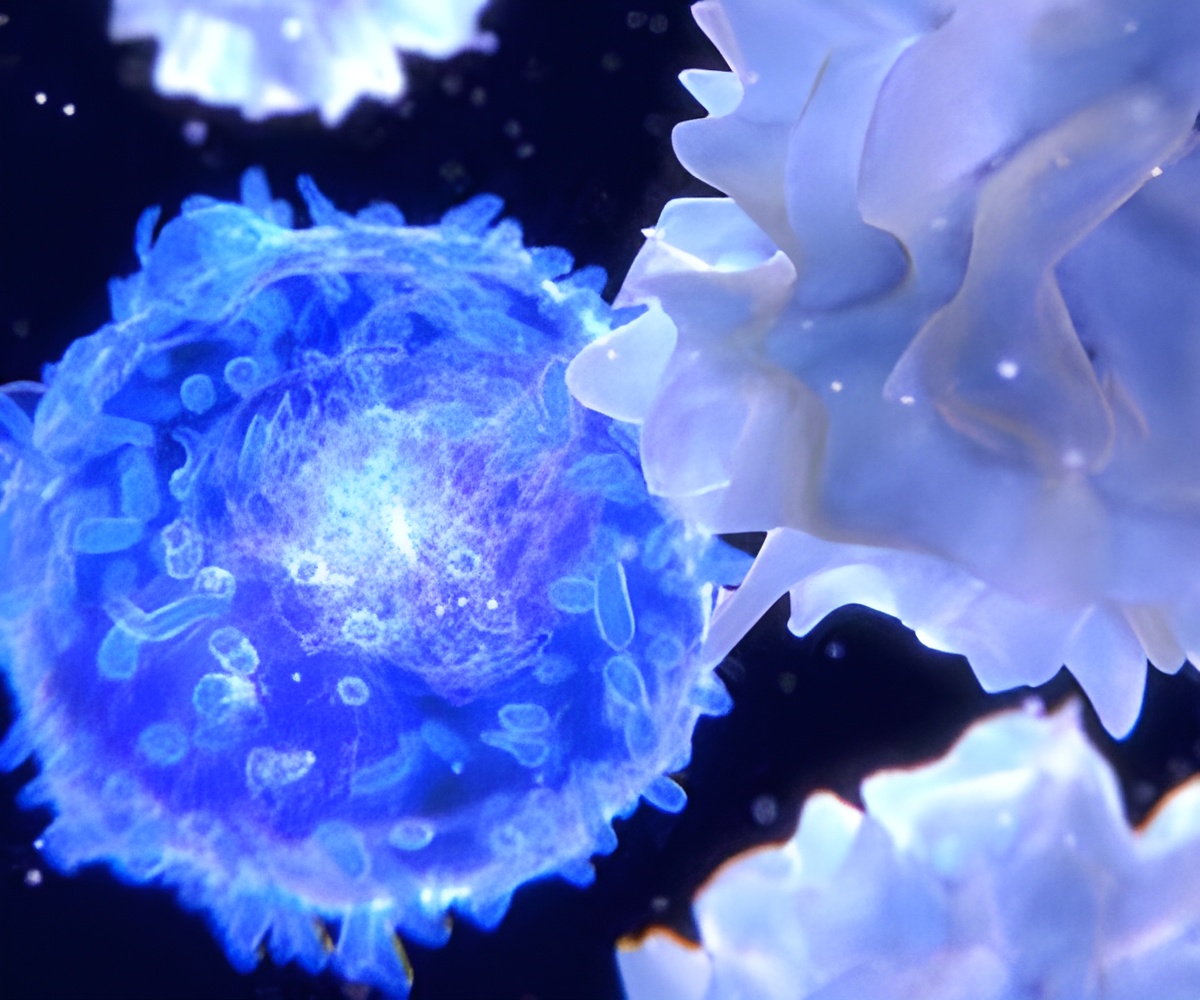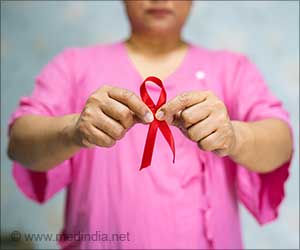Researchers have identified a way to make cold tumors susceptible to immunotherapy through a unique immunotherapy delivery system.

‘IL-12 can turn cold tumors into "hot" tumors. Injecting this protein directly into tumors can effectively kill cancer cells with no side effects.’
Read More..




But the disease is notorious for cloaking itself from the immune system, and tumors that are not inflamed and do not elicit a response from the immune system -- so-called cold tumors -- do not respond to immunotherapies.Read More..
Results from tests in a mouse model are promising: several types of melanoma and breast cancer tumors either regressed or disappeared altogether in response to the treatment.
"This combination really opens a new approach in cancer immunotherapy," said Jeffrey Hubbell, the Eugene Bell Professor in Tissue Engineering who co-authored the research with Melody Swartz, the William B. Ogden Professor, and postdoctoral scientist Jun Ishihara.
Going from cold to hot
Cancer patients often undergo an array of toxic chemotherapy and radiation treatments. Recently, checkpoint inhibitors (CPIs) have offered a new way to treat the disease. These immunotherapy drugs block proteins called checkpoints, which allows the body's own T cells to find and kill cancer cells.
Advertisement
Scientists and engineers have known that IL-12, a cytokine that regulates T cell responses, can turn cold tumors into "hot" tumors. But the protein is so powerful that when administered to humans, it can cause system-wide toxicity and death. Scientists have long looked for ways to administer IL-12 directly to tumors without causing side effects in the rest of the body.
Last year, Hubbell and his collaborators developed a drug delivery system that attaches therapies to a blood protein that circulates and binds to collagen in areas of vascular injury. Because tumors are filled with leaky blood vessels, the protein sees those vessels as vascular injury and binds to them, delivering the therapy directly to the tumor's collagen.
Now, the researchers attached IL-12 to the protein and used it with CPI therapies. Once injected intravenously, the protein found the tumor's collagen, bound to it, and released the therapies, turning the cold tumors hot.
In mouse models, most of those with a certain type of aggressive breast cancer -- called triple-negative, immune-excluded EMT6 -- saw the cancer disappear after treatment. The researchers also tested the therapy on several types of melanoma, and found that many of the tumors regressed, resulting in prolonged survival.
"These positive results are in tumors where checkpoint inhibitors normally don't do anything at all," Hubbell said. "We expected this therapy to work well, but just how well it worked was surprising and encouraging."
Creating a less toxic treatment
Because IL-12 was delivered directly to tumors, it reduced the toxicity levels, making the therapy two-thirds less toxic than before.
Next the researchers plan to continue to study the therapy's toxicology, and continue to work on masking IL-12 from the rest of the body. They ultimately hope to move the therapy to clinical trials.
"Once we have a way to make a cold tumor hot, the possibilities for cancer treatment are endless," Hubbell said.
Source-Eurekalert










